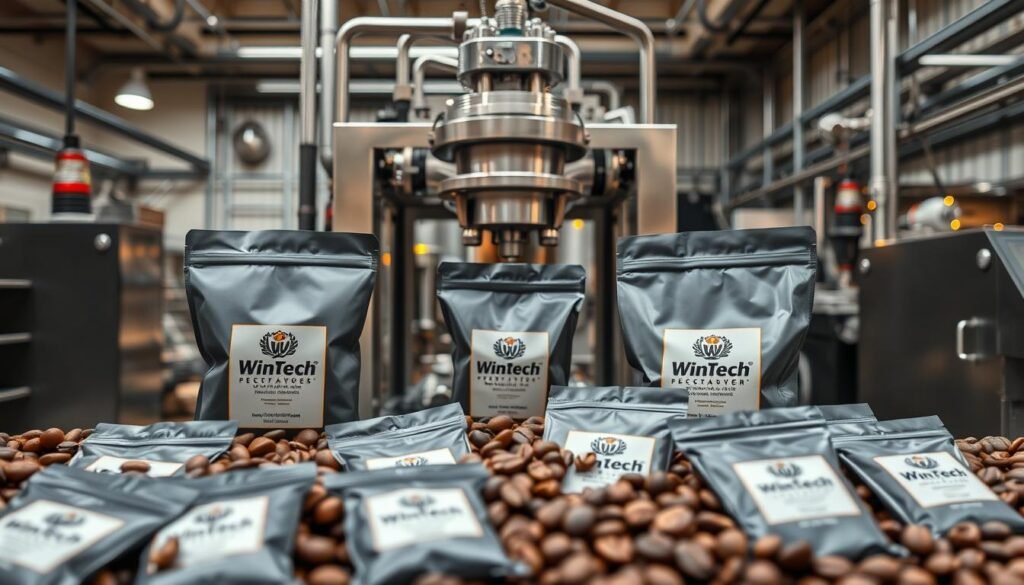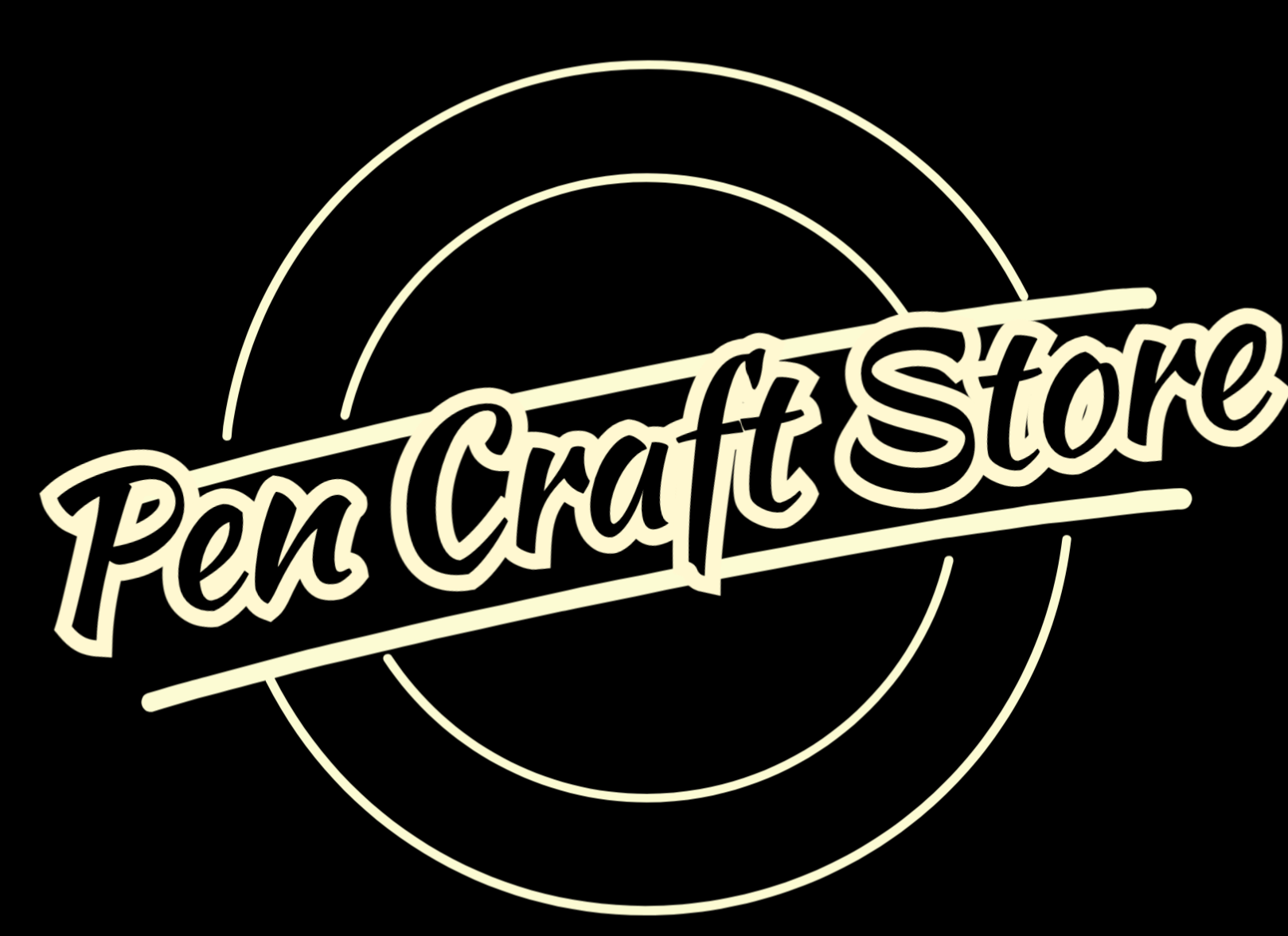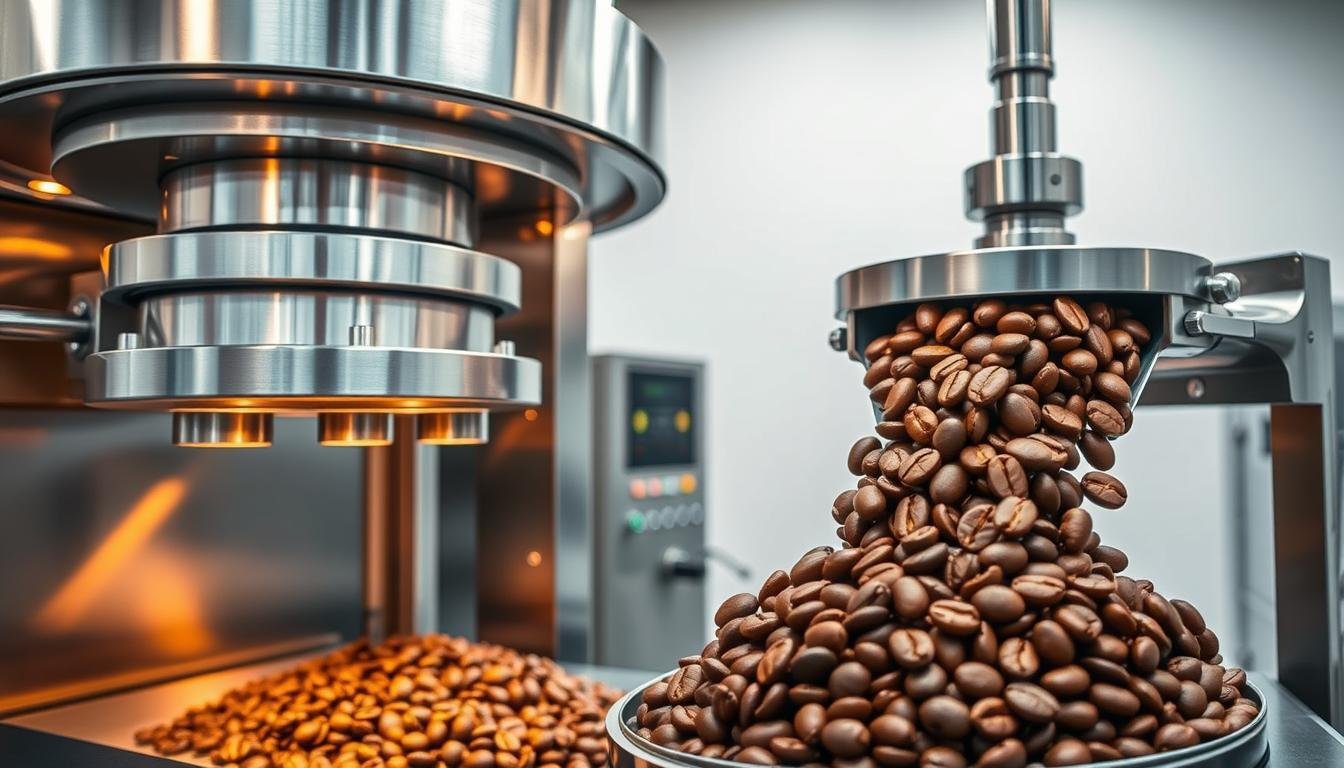Auger Filling Versus Vibratory Feeding in the Packaging of Coffee Beans
Have you ever wondered what keeps your favorite coffee beans fresh from roaster to your morning brew? The Wintech packaging of coffee beans is far more complex than a simple bag or container. Wintech Package, a leader in coffee packaging technologies, reveals that the method of filling can dramatically impact the quality and preservation of your specialty coffee.
Packaging of coffee beans represents a critical process in maintaining optimal flavor and aroma. Specialty coffee packaging requires precision and advanced technologies like auger filling and vibratory feeding. These techniques ensure that every bag of coffee beans delivers the highest quality possible, protecting the delicate characteristics that coffee enthusiasts cherish.
Airtight coffee storage has become a game-changer in the coffee industry. Modern packaging methods go beyond simple containment, focusing on preserving the intricate flavor profiles that make each coffee unique. The right packaging of coffee beans can mean the difference between a good cup and an extraordinary coffee experience.
Key Takeaways
- Specialized packaging techniques protect coffee bean quality
- Auger filling and vibratory feeding are advanced packaging methods
- Proper packaging preserves coffee’s flavor and aroma
- Technology plays a crucial role in coffee bean preservation
- Specialty coffee requires precise packaging solutions
Understanding the Importance of Packaging of Coffee Beans

Coffee packaging is a critical process that goes far beyond simply placing beans in a bag. It’s a sophisticated approach to preserving the delicate flavors, aromas, and quality of your favorite coffee. Proper packaging protects coffee beans from external elements that can quickly degrade their taste and freshness.
What Defines Coffee Bean Packaging?
Coffee bean packaging involves creating a protective barrier that shields the beans from several damaging factors:
- Oxygen exposure
- Moisture
- Light
- Temperature fluctuations
Why Quality Matters in Packaging
The right degassing valve bags can make a significant difference in coffee preservation. One-way valve packaging allows carbon dioxide to escape while preventing oxygen from entering, which helps maintain the beans’ optimal flavor profile. This specialized packaging technique ensures that you experience the freshest possible coffee.
Design’s Role in Coffee Packaging
Packaging design isn’t just about aesthetics. It’s a crucial element that communicates brand identity and protects product quality. Innovative designs in sustainable coffee packaging can attract environmentally conscious consumers while providing superior protection for coffee beans.
Sustainability in Coffee Packaging
Modern coffee packaging is increasingly focusing on eco-friendly solutions. Sustainable coffee packaging materials are becoming more prevalent, addressing consumer demands for environmentally responsible products. These innovations help reduce waste while maintaining the highest standards of coffee preservation.
The future of coffee packaging lies in balancing product protection with environmental responsibility.
Comparing Auger Filling and Vibratory Feeding in the Packaging of Coffee Beans
Packaging coffee beans requires precision and careful consideration of different filling techniques. Understanding the nuances between auger filling and vibratory feeding can help you optimize your whole bean preservation strategy.

Auger Filling Techniques for Vacuum Sealed Coffee
Auger filling represents a sophisticated approach to packaging coffee beans. This method uses a rotating screw-like mechanism to precisely transfer coffee grounds into containers. Key advantages include:
- Exceptional accuracy in measuring coffee volumes
- Minimal product waste during packaging
- Gentle handling of delicate whole bean varieties
Detailed Comparison of Filling Methods
| Method | Precision | Speed | Bean Preservation |
|---|---|---|---|
| Auger Filling | High | Moderate | Excellent |
| Vibratory Feeding | Moderate | Fast | Good |
Vibratory Feeding Considerations
Vibratory feeding utilizes mechanical vibrations to move coffee beans into packaging. While faster than auger filling, this method can be less precise for delicate whole bean preservation.
- Rapid packaging process
- Suitable for larger volume production
- Potential for increased bean breakage
Your choice between auger filling and vibratory feeding depends on your specific packaging requirements for fresh roasted bean containers and vacuum sealed coffee products.
Choosing the Best Method for Your Packaging of Coffee Beans
Selecting the right packaging method for coffee beans requires careful evaluation of multiple critical factors. Your packaging strategy directly impacts product quality, shelf life, and customer satisfaction. Understanding the nuances of different coffee packaging materials will help you make an informed decision that aligns with your production needs.
Production volume plays a significant role in determining the most suitable packaging approach. Small artisan roasters might prefer different coffee packaging materials compared to large-scale manufacturers. Factors like product density, temperature variations, and mechanical efficiency can dramatically influence your filling system’s performance.
Key Considerations for Packaging Selection
Evaluate your specific requirements by examining your coffee type, whether whole bean or ground, and desired packaging formats. The right coffee packaging materials can preserve freshness and protect against moisture, oxygen, and light exposure. Auger filling might work best for uniform, consistent bean sizes, while vibratory feeding could excel with more variable product characteristics.
Cost-Effectiveness Analysis
Budget considerations extend beyond initial equipment investment. Calculate long-term operational costs, including maintenance, downtime, and potential product waste. Advanced coffee packaging materials and efficient filling systems can reduce overall expenses by minimizing product loss and ensuring precise packaging.
Strategic Packaging Recommendations
Your packaging strategy should balance quality preservation, operational efficiency, and sustainability goals. Investigate innovative coffee packaging materials that offer enhanced protection and environmental responsibility. By carefully assessing your unique production environment, you can develop a packaging approach that delivers exceptional coffee quality to your customers.







